
A micro-pillar array format for mapping the proteome of human stem cell-derived liver organoids using timsTOF–MS is presented.

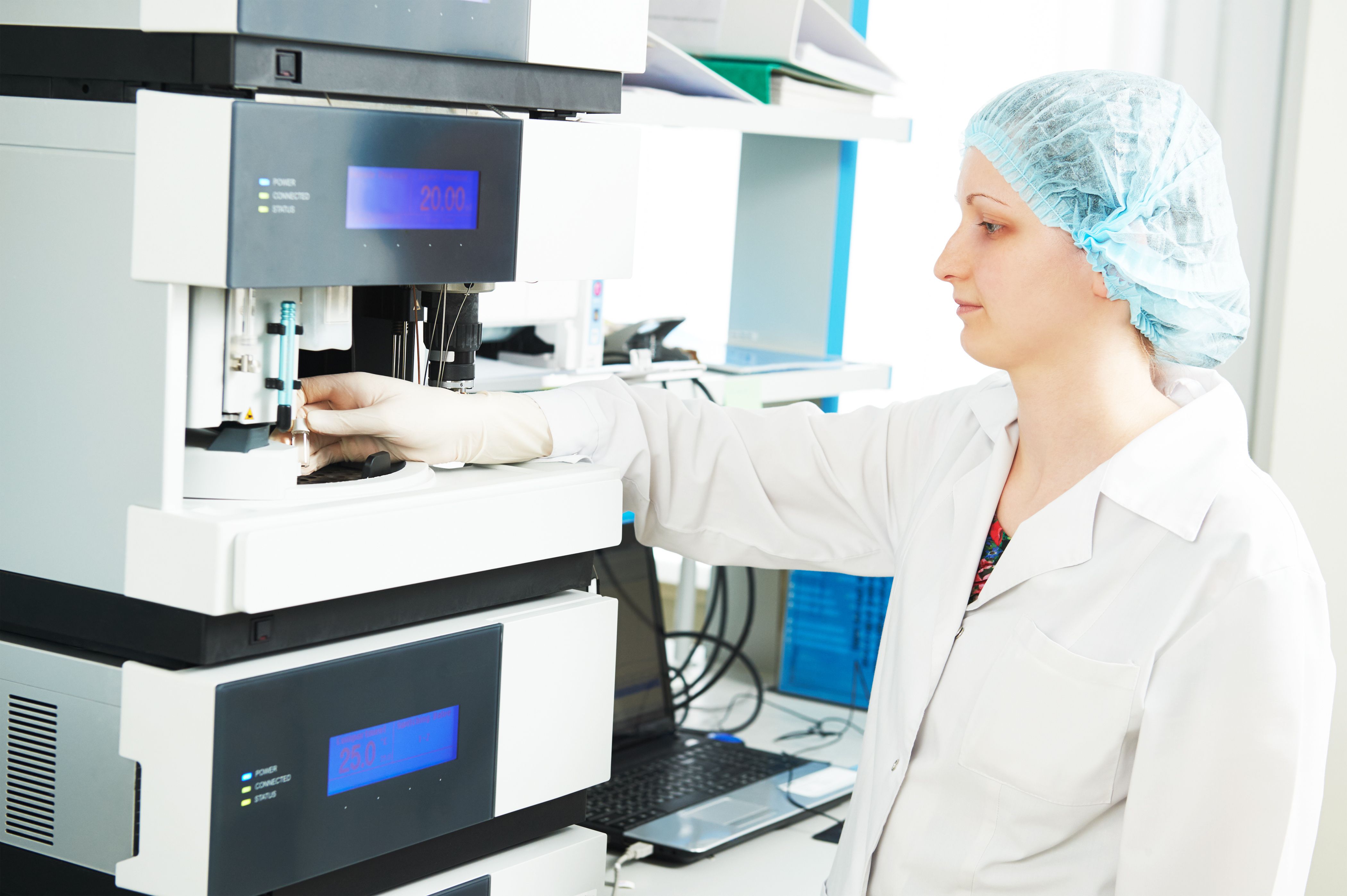
New Approach for the Identification of Metabolites Using LC with Ion Mobility and Cryogenic Spectroscopy

A micro-pillar array format for mapping the proteome of human stem cell-derived liver organoids using timsTOF–MS is presented.
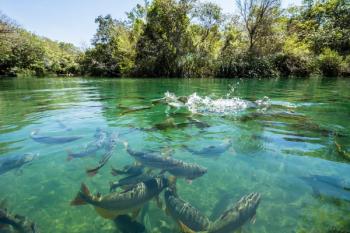
A new study analyzed the trophic niches and niche overlap between native and introduced cyprinid fishes in Karacaören I reservoir using IRMS.

A new RPLC–MS method can map the substitution degree and composition of β-glucose monomers of cellulose ethers (CEs), providing detailed compositional distributions and constitutional isomer distributions, thereby identifying compositional variation between bio-stable and non-bio-stable CEs and unexpected methylations in EHEC samples.

High performance liquid chromatography–mass spectrometry and gas chromatography–mass spectrometry, along with numerous extraction methods, are helping to find organosulfur compounds in food more easily, providing researchers better information about the health benefits of these substances.

A recent trend in the design of LC instrumentation is the move towards miniaturized and portable systems.

Limitations often arise when using GC with quadrupole-based mass spectrometers for detecting volatile and semivolatile contaminants. Enter HRAMS-MS.
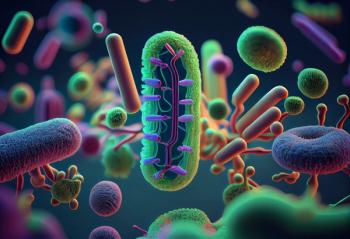
A new fragmentation approach—tunable electron-activated dissociation (EAD) tandem mass spectrometry (MS/MS)—offers a solution to better improve the detection and characterization of impurities in lipid nanoparticles and impurities in other biopharmaceutical modalities.

A rapid and robust LC–MS/MS method for determining lactulose and rhamnose concentrations in blood plasma was used to determine intestinal permeability from blood plasma, which can help diagnose gastrointestinal diseases such as Crohn’s disease.

Direct-injection mass spectrometry (DIMS) and gas chromatography (GC) approaches have some significant differences that are pertinent when analyzing volatile organic compounds (VOCs). We explain.

The combination of an untargeted approach using ultrahigh pressure liquid chromatography–quadrupole time-of-flight mass spectrometry (UHPLC–QTOF) and a targeted approach using UHPLC–tandem mass spectrometry (MS/MS) are presented as an ideal method for detecting per- and polyfluroalkyl substances (PFAS) in fast-food packaging.
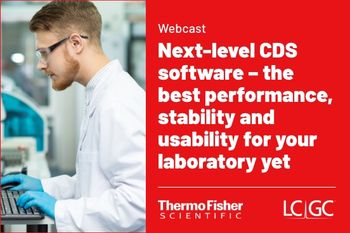
Webinar Date/Time: Thursday, May 25th 2023 09:30 New Delhi | 12:00 Singapore | 13:00 Tokyo and Seoul | 14:00 Sydney

Selective pressurized liquid extraction and multilayer solid‑phase extraction methods are described for high‑throughput plant, soil, and water sample preparations. Optimal analytical conditions are described for the improvement of detection sensitivities and coverage. A Source Supported Suspect Screening (4S) approach is described; phytotoxins detected in the source plant were used to improve the identification of phytotoxins in soil and water.

Pesticides in local surface and groundwaters were purified and enriched with solid-phase extraction, then analyzed using multidimensional gas chromatography coupled to mass spectrometry, with the results compared to those found by gas chromatography–quadrupole mass spectrometry.

A newly published review reveals insights into the history of capillary electrophoresis, from its development to its current state-of-the-art applications, through a comprehensive bibliometric analysis of publications between 1980 and 2021.
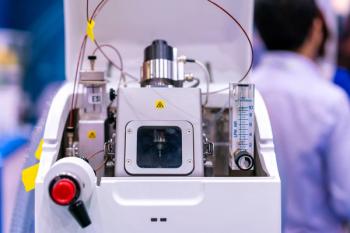
A review article describes spatial metabolomics using high spatial resolution mass spectrometry imaging (MSI), a promising technology that enables the visualization and analysis of metabolites at the cellular and subcellular levels.

Recent advancements in electrospray ionization mass spectrometry (ESI-MS) for single-cell proteomics are highlighted in a review article, including various separation techniques and MS instrumentation used to improve sample throughput and coverage.

New GC–MS research suggests that the presence of hemicellulose impurities in α-cellulose extracted from land plants may compromise reliable application of the 18O/16O ratio for environmental, physiological, and metabolic studies.
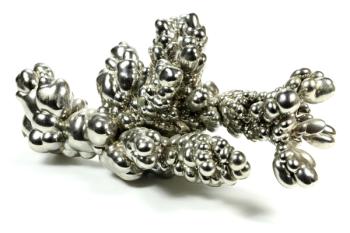
A new study evaluated the use of HILIC for fast aqueous species distribution analysis of Nickel(II)-Histidine complex, finding that HILIC is appropriate for investigating coordination metal complexes.

Researchers have now used mass spectrometry imaging to study induced pluripotent stem cells (iPSCs) during the early stages of differentiation.

A new approach combining high performance liquid chromatography–mass spectrometry with ultrafiltration, along with enzyme channel blocking and directional enrichment, has been found effective for screening natural histidine decarboxylase inhibitors in Radix Paeoniae alba, while reducing both false-positive and false-negative results.

Every year, the American Society for Mass Spectrometry (ASMS) presents Research Awards, the Research at Primarily Undergraduate Institution (PUI) Award, and Postdoctoral Career Development Awards. This year's winners will be honored at the 2023 ASMS Conference in Houston, Texas, from June 4–8.

A desorption electrospray ionization mass spectrometry (DESI-MS) method has been developed to effectively analyze historical synthetic dye samples.

In the first of a two-part series, a recent study discusses a new strategy for assessing the peak purity of pharmaceutical peptides analysis using 2D-LC–MS.

A recent study analyzed individual hippocampal cells at ultrahigh mass resolution using a FT-ICR mass spectrometer.

Brandon Ruotolo will receive the Biemann Medal at the 2023 ASMS Conference in Houston, Texas, which takes place June 4–8.